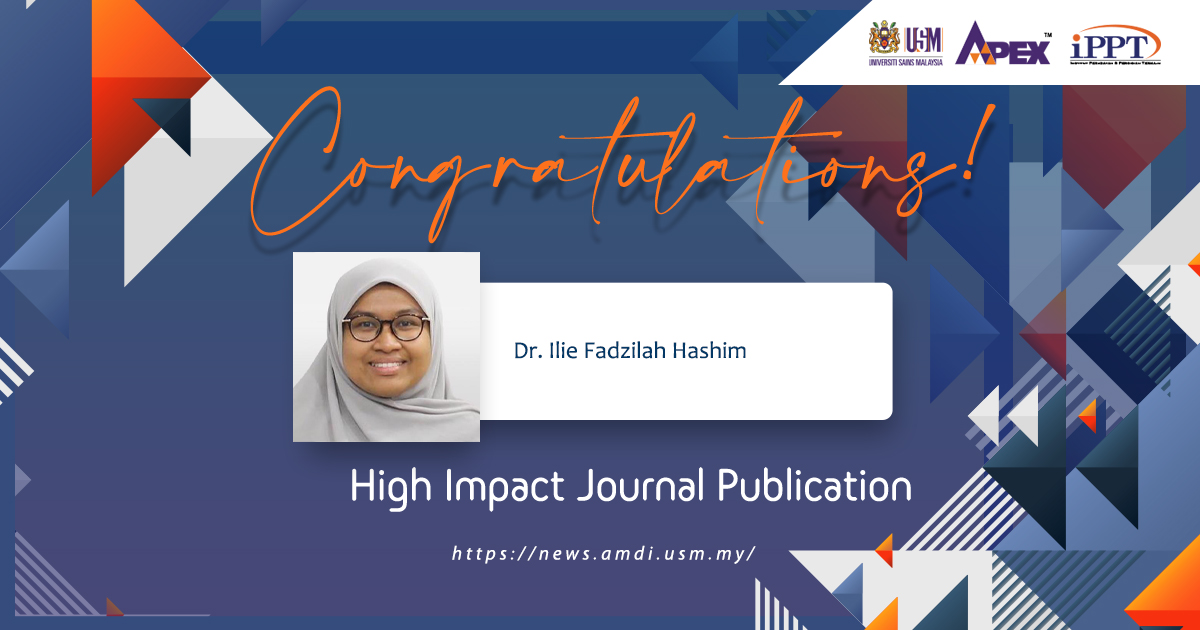Authors : Ana Masara Ahmad Mokhtar, Nor Hawani Salikin, Aminah Suhaila Haron, Syafinaz Amin-Nordin, Ilie Fadzilah Hashim, Muaz Mohd Zaini Makhtar, Siti Balqis Zulfigar and Nurul Izza Ismail
Title of Publication : RhoG's Role in T Cell Activation and Function
Journal Name : Frontiers In Immunology
Quartile : Q1
Impact Factor : 7.561
Link :
https://doi.org/10.3389/fimmu.2022.845064Description : The role of RhoG in T cell development is redundant with other Racs subfamily members, and this redundancy may be attributed to redundant signal transduction pathways. However, the absence of RhoG increases TCR signalling and proliferation, implying that RhoG activity is critical during late T cell activation following antigen-receptor interaction. Moreover, RhoG is required to halt signal transduction and prevent hyper-activated T cells. Despite increase in TCR signalling, cell proliferation is inhibited, implying that RhoG induces T cell anergy by promoting the activities of transcription factors, including nuclear factor of activated T cell (NFAT)/AP-1. The role of NFAT plays in T cell anergy is inducing the transcription of anergy-associated genes, such as IL-2, IL-5, and IFN-gamma. Although information about RhoG in T cell-related diseases is limited, mutant forms of RhoG, Ala151Ser and Glu171Lys have been observed in thymoma and hemophagocytic lymphohistiocytosis (HLH), respectively. Current information only focuses on these two diseases, and thus the role of RhoG in normal and pathological circumstances should be further investigated. This approach is necessary because RhoG and its associated proteins represent prospective targets for attack particularly in the therapy of cancer and immune-mediated illnesses.


